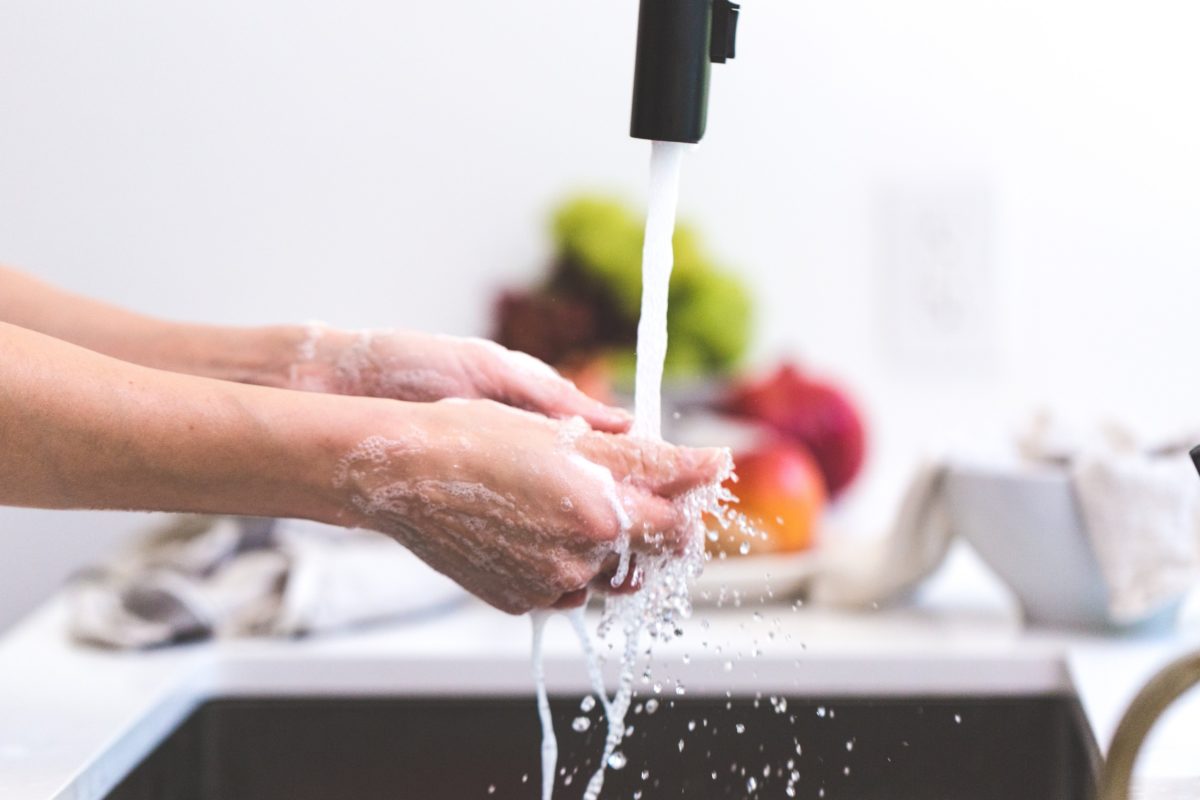
By: Nancy Ooki, University of Hawaii at Manoa
The recent attention to the outbreak of the 2019 novel coronavirus serves as an excellent opportunity to remind our stakeholders of easy, simple actions that can impact their health greatly. Guidelines have been released with the goal of preventing the spread of this virus in the community that include one of the most basic best practices – hand washing. For the coronavirus, the CDC recommends citizens wash their hands often with soap and water for at least 20 seconds or if soap and water are not available, to use an alcohol-based hand sanitizer.
Handwashing has been critical in helping prevent the spread of illness and disease, but as an everyday activity, its importance is often forgotten. The current news headlines provide a great opening to remind community members of the process and best practices associated with handwashing.
In addition to combating the spread of disease, handwashing can help to keep food safe and reduce food-borne illness as well. Consumers should wash their hands before and after eating. Farmworkers should follow farm safety guidelines for handwashing.
In keeping with food safety issues, consumers and food preparers should also wash their produce prior to serving or consumption. A growing outbreak of Rat Lungworm disease in Hawai‘i (and found in Louisiana in addition to other countries) has prompted a renewed interest in produce washing practices. The disease can infect humans through the ingestion of raw vegetables contaminated with the rat lungworm larvae, which means that produce should be examined thoroughly prior to consumption. Consumers should wash their hands, then separate and rinse produce. It is also important to clean and sanitize food contact surfaces.
Additional resources and lesson plans on hand and produce washing are listed below. Use this opportunity to educate and remind stakeholders of the best practices. Good, safe food handling and hygiene practices are important all the time, but the occasional reminder at the right time can make a big difference.
Handwashing Reminders
Wash your hands:
- Before and after you eat
- Before, during and after preparing food
- After you use the bathroom
- After handling animals or animal waste – including pets
- After playing or working outside
- After changing diapers or handling a baby’s bottom
- Anytime your hands are dirty
On the farm or in food production areas, wash:
- Before entering and returning to the field or the packing line
- Before touching clean produce
- Before putting on new gloves
- After working with soil
- After disposing of rotten produce
- After handling garbage
- After smoking or doing other activities that dirty your hands
- After touching bare human body parts
- After handling animals and animal waste
Credit: Clean Hands Save Lives! University of Hawai‘i Cooperative Extension (2012, January) Retrieved from: https://www.ctahr.hawaii.edu/new/Newsletters/CleanHands.pdf
Handwashing Resources
Cornoavirus Resources
Produce Washing Reminders
Inspect produce for
- Obvious signs of soil or damage
- Prior to cutting, slicing, or dicing.
- Cut away affected areas or do not use
Wash produce before serving/cutting using
- Continuous running water
- Chemical disinfectants
Do not
- Soak produce or store in standing water
- Rewash packaged produce labeled “ready-to-eat,” “washed,” or “triple washed.”
Wash thoroughly with hot soapy water
- All equipment
- Utensils
- Food contact surfaces
Credit: Best Practices Handling Produce in Schools United States Department of Agriculture Food and Nutrition Service (retrieve 2020, February) from: https://fns-prod.azureedge.net/sites/default/files/Food_Safety_Produce_Best_practices.pdf
Produce Washing Resources
- Guide to Washing Fresh Produce
- Washing Fresh Produce
- Best Ways to Wash Fruit and Vegetables
- Washing Fruits and Vegetables (Video)
- Clean – Separate Food Safety (Lesson Plan)
- Enjoying Our Healthy Harvest (Lesson Plan)



